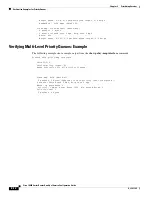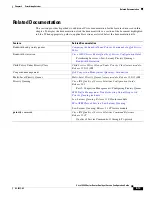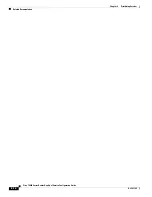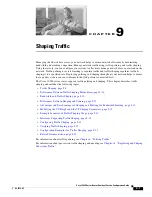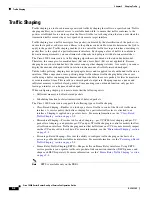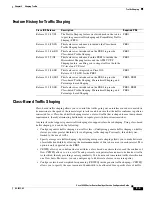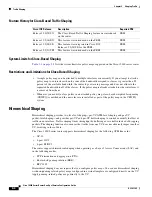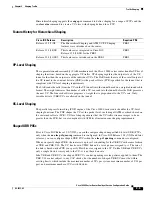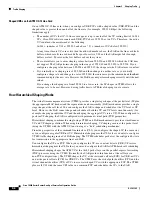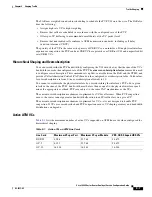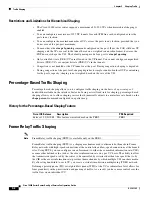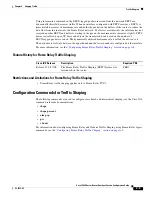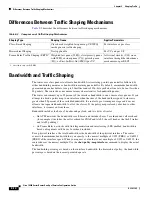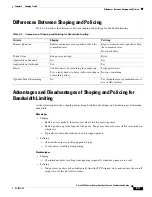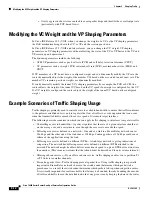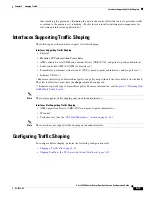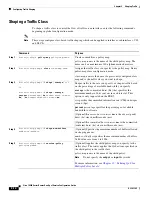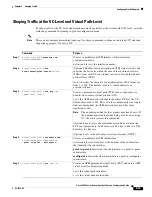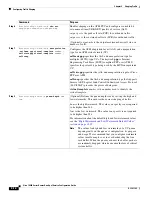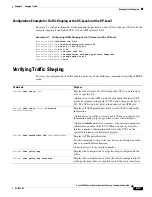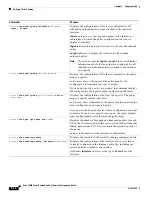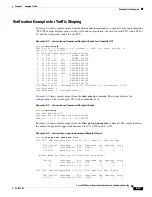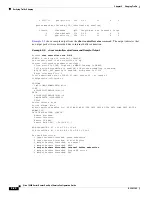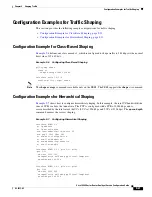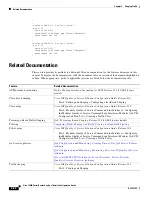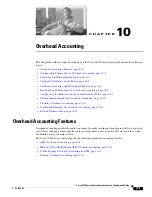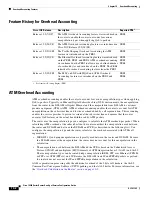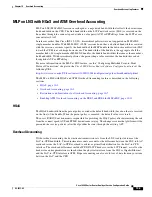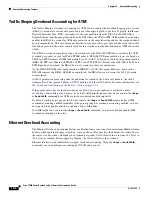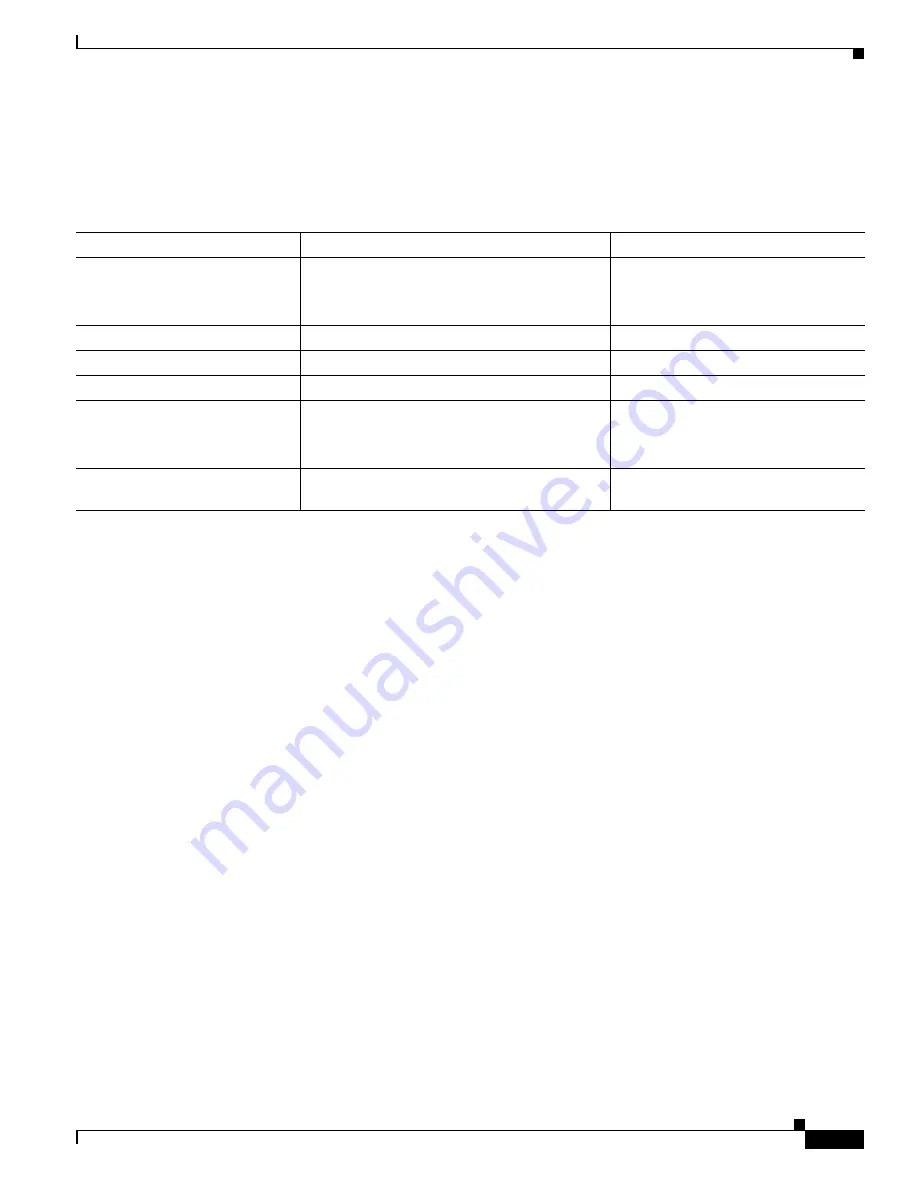
9-11
Cisco 10000 Series Router Quality of Service Configuration Guide
OL-7433-09
Chapter 9 Shaping Traffic
Differences Between Shaping and Policing
Differences Between Shaping and Policing
Table 9-3
describes the differences between shaping and policing for bandwidth limiting.
Advantages and Disadvantages of Shaping and Policing for
Bandwidth Limiting
As the following describes, shaping and policing both have advantages and disadvantages for limiting
bandwidth:
Advantages
•
Shaping
–
Buffers excess packets, therefore, less likely to drop excess packets.
–
Buffers packets up to the length of the queue. Drops may occur if excess traffic is sustained at
a high rate.
–
Typically avoids retransmissions due to dropped packets.
•
Policing
–
Controls the output rate through packet drops.
–
Avoids delays resulting from queuing.
Disadvantages
•
Shaping
–
Can introduce delay resulting from queuing (especially when deep queues are used).
•
Policing
–
Drops excess packets (when configured), throttles TCP window sizes, and reduces the overall
output rate of affected traffic streams.
Table 9-3
Comparison of Shaping and Policing for Bandwidth Limiting
Criteria
Shaping
Policing
Primary Function
Buffers and queues excess packets above the
committed rates.
Drops or remarks excess packets above
the committed rates.
Does not buffer.
Token Value
Bits per second (bps)
Bytes
Applicable on Inbound
No
Yes
Applicable on Outbound
Yes
Yes
Bursts
Controls bursts by smoothing the output rate.
Uses a leaky bucket to delay traffic, resulting in
a smoothing effect.
Propagates bursts.
Does no smoothing.
Optional Packet Remarking
No
Yes (using the legacy committed access
rate (CAR) feature)


